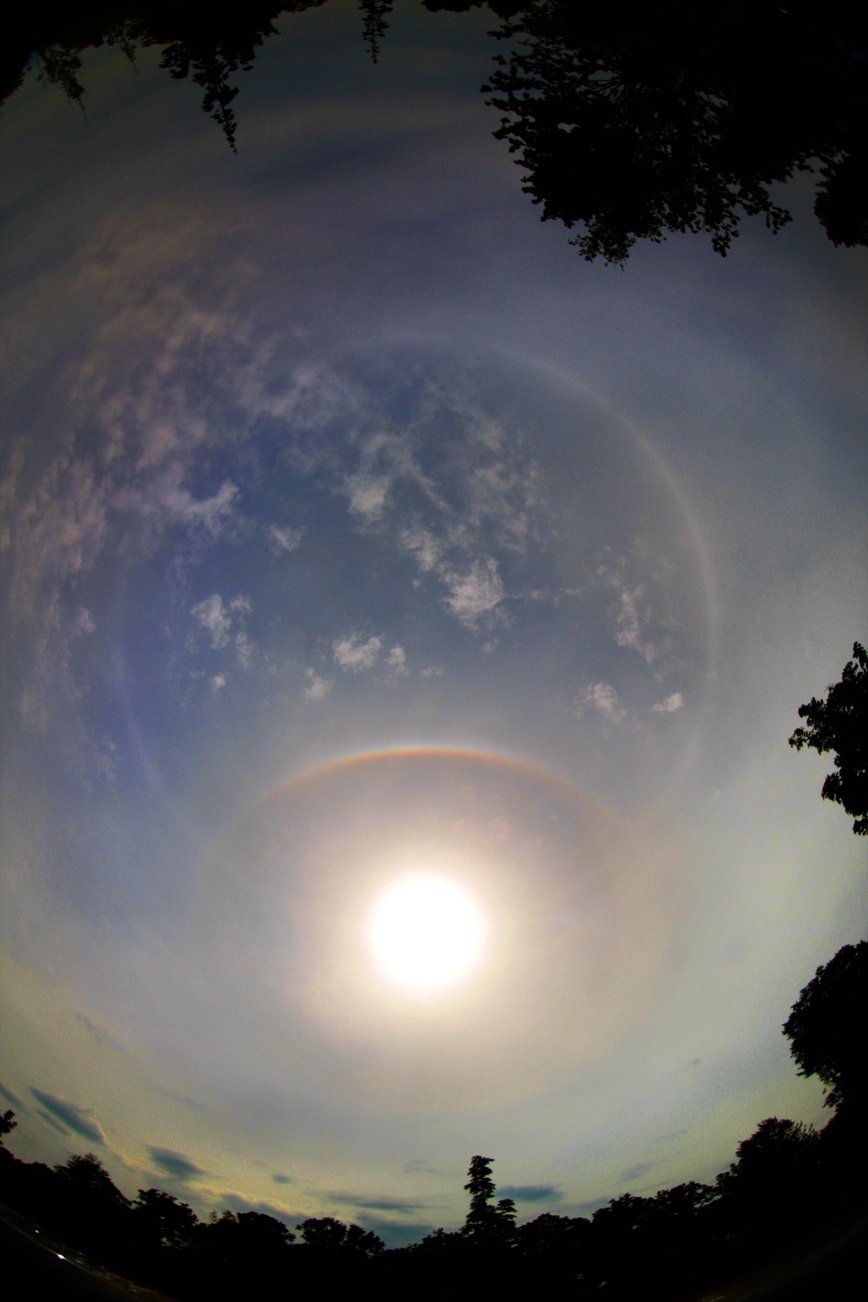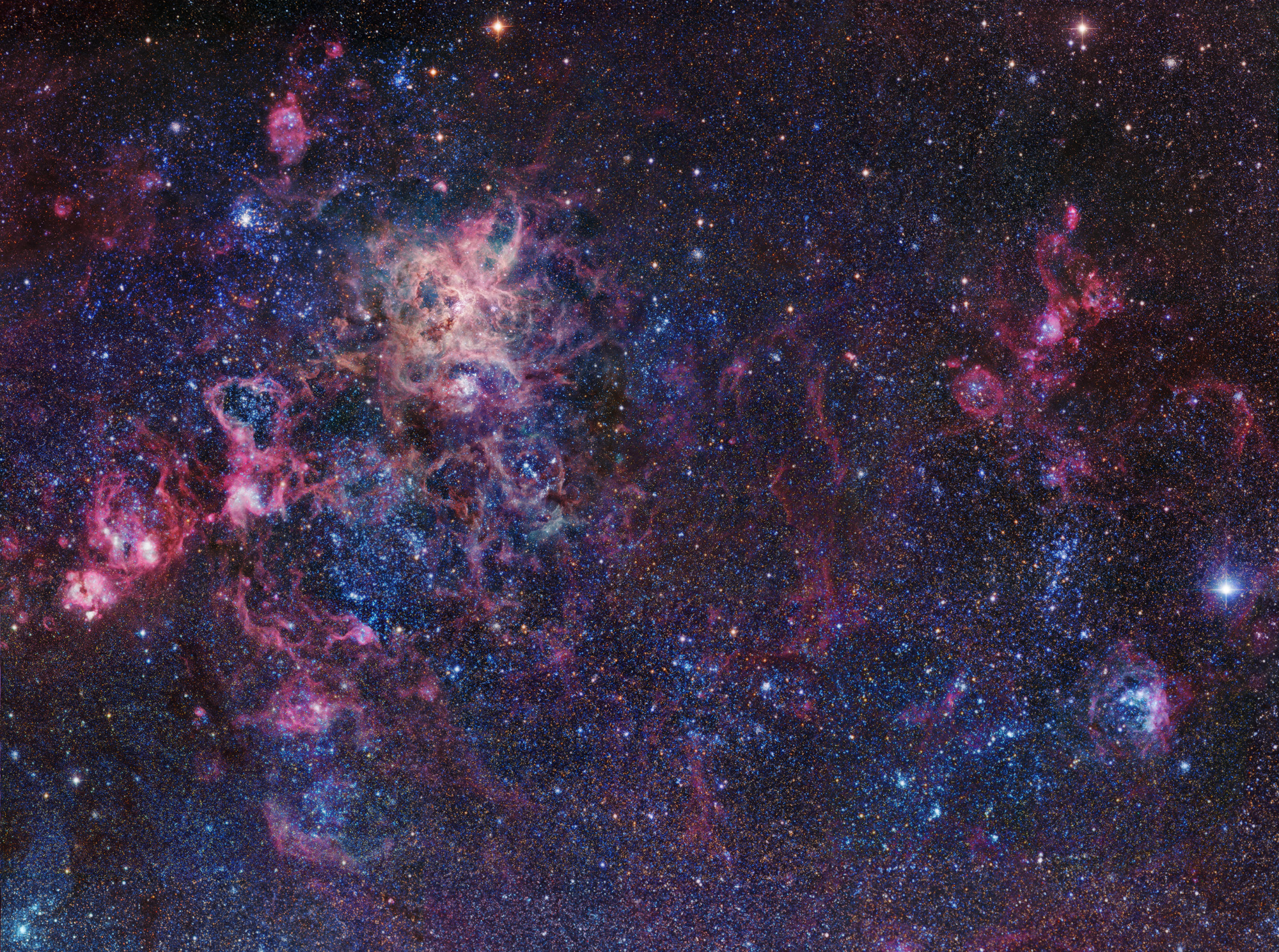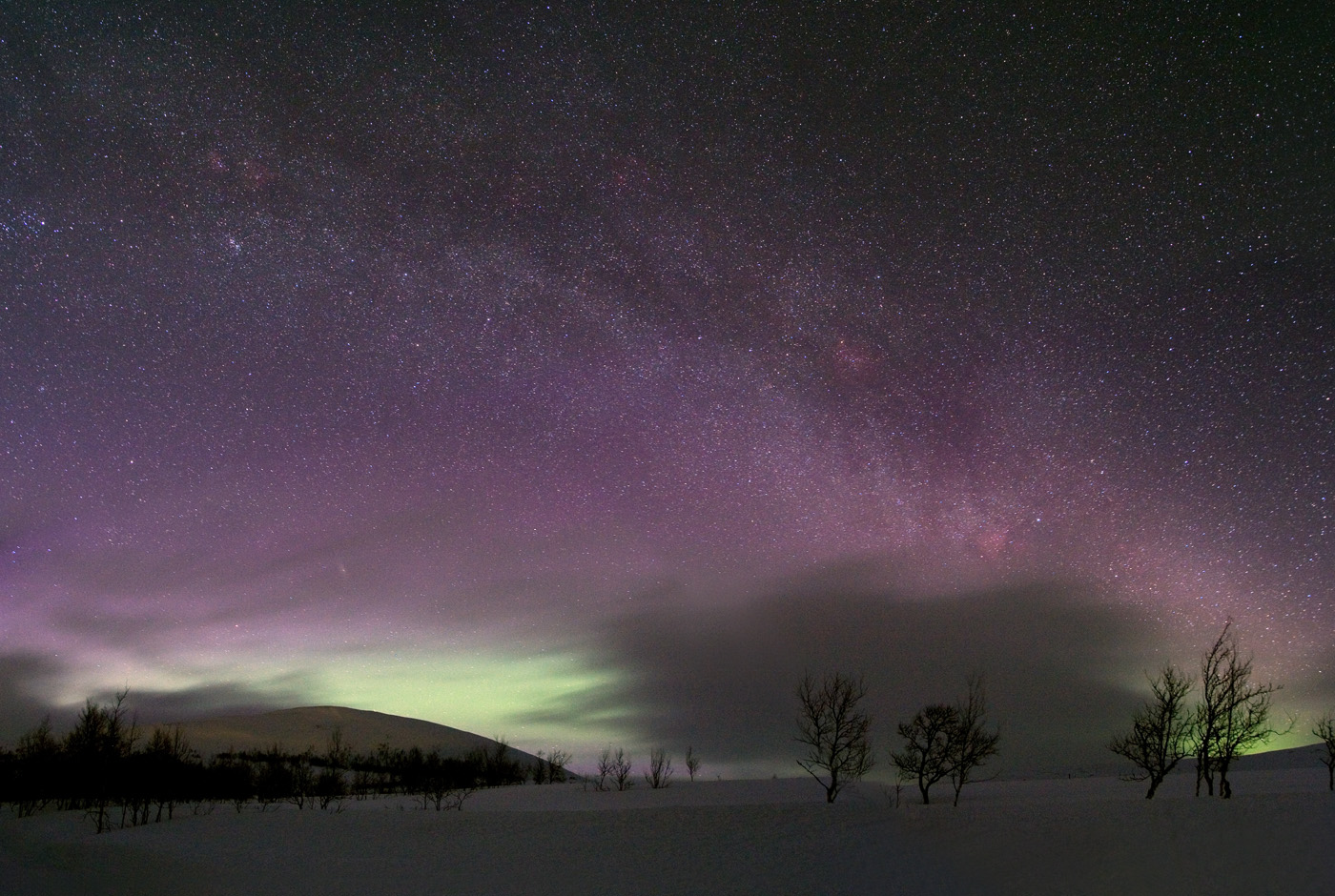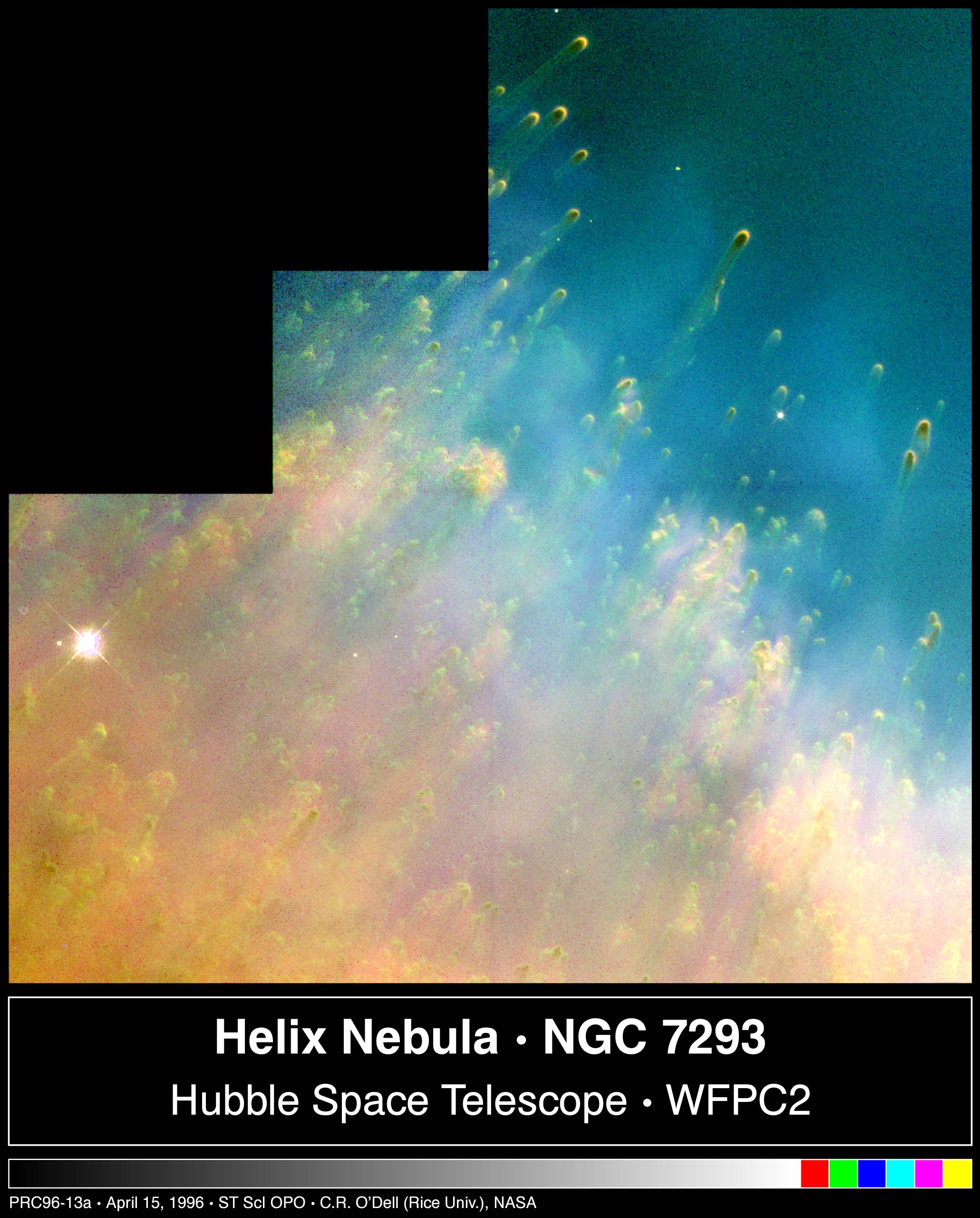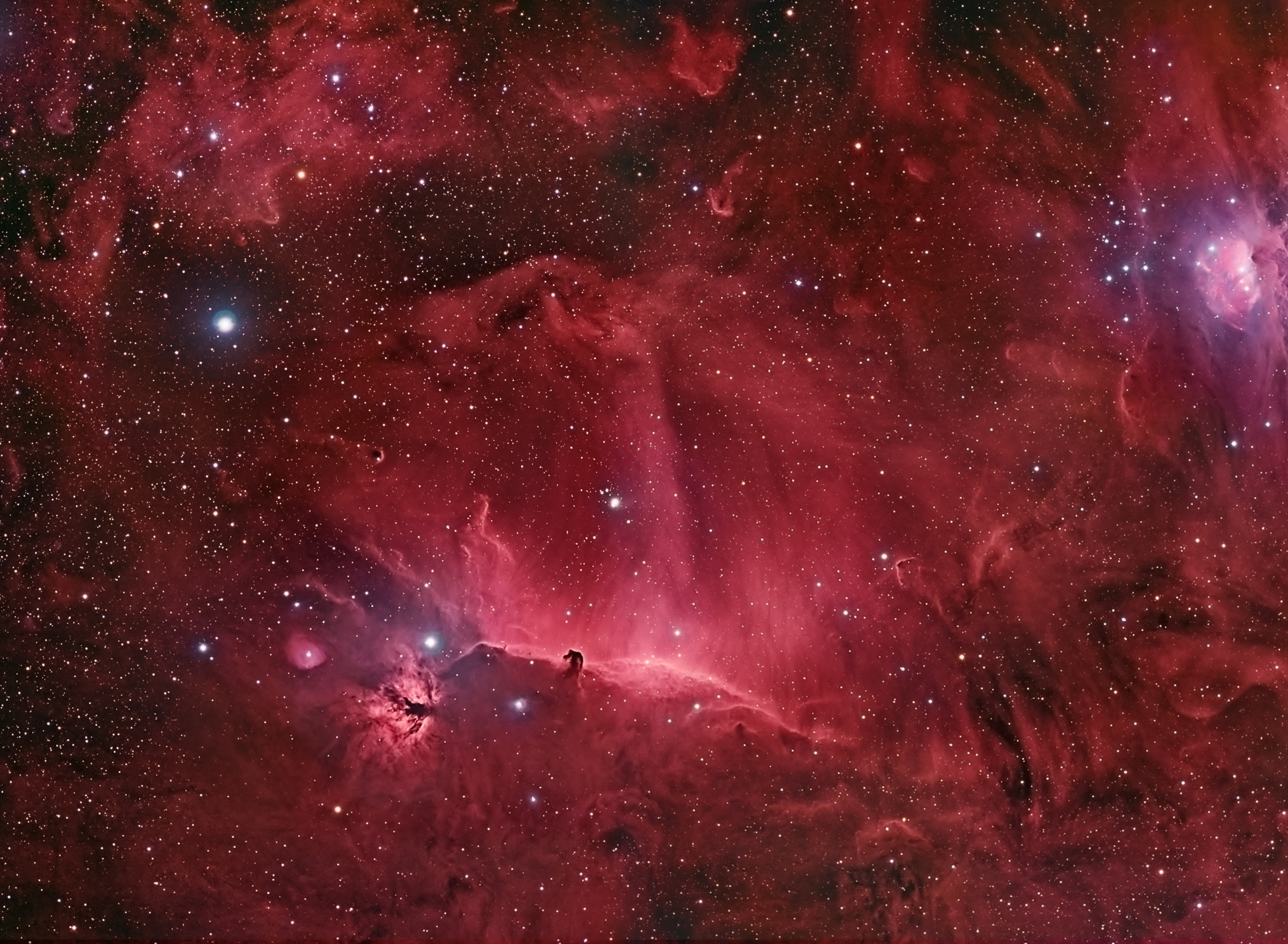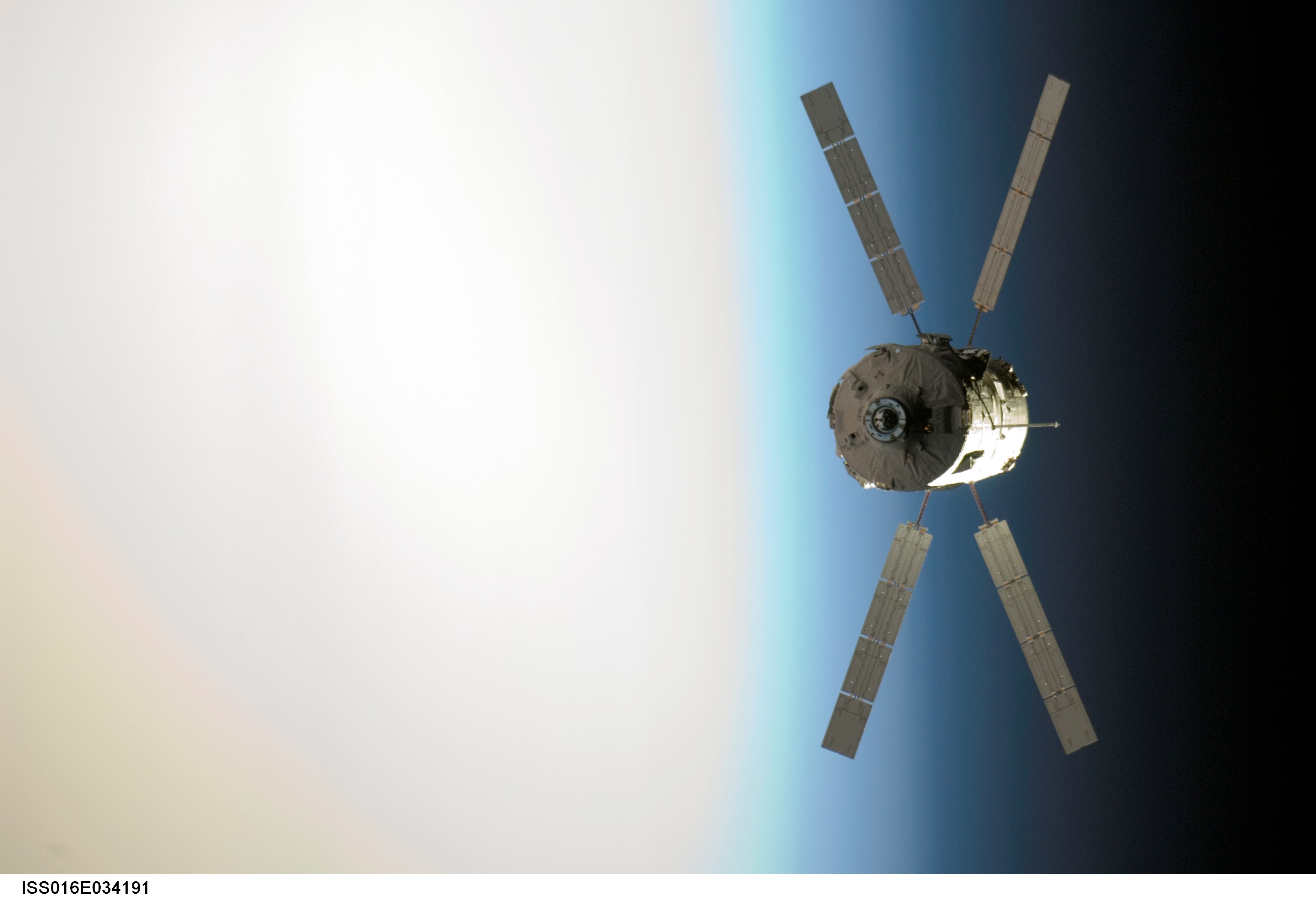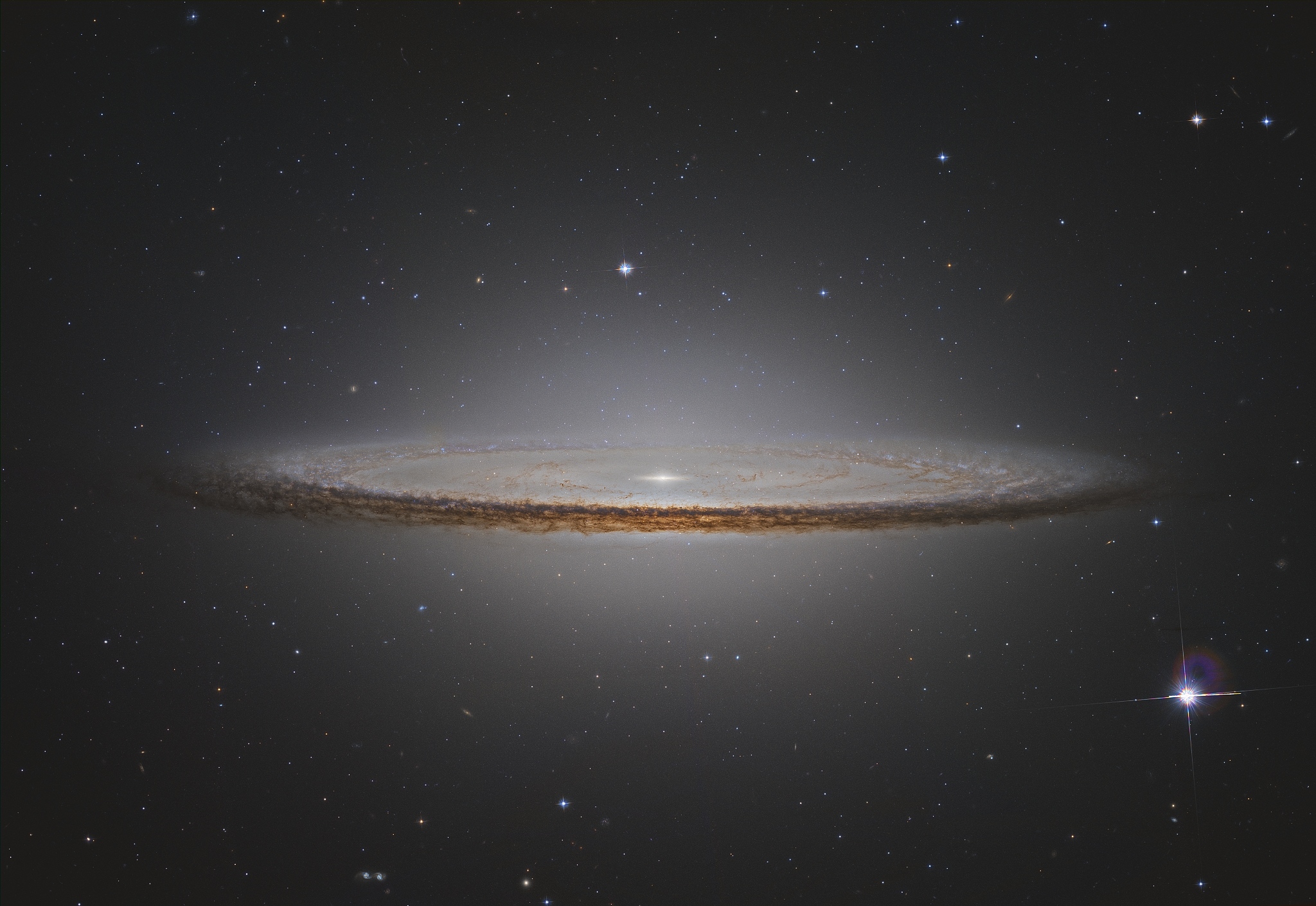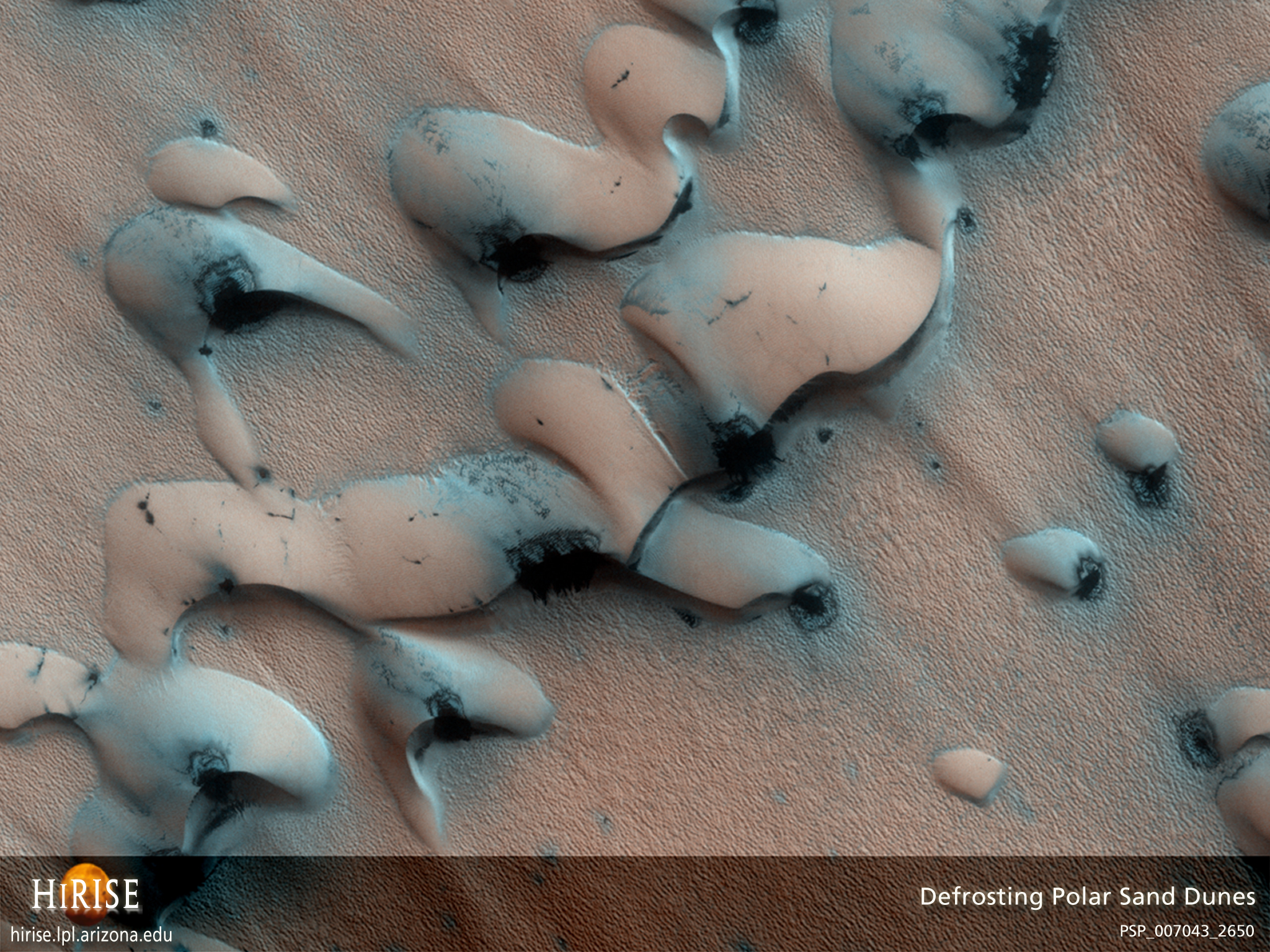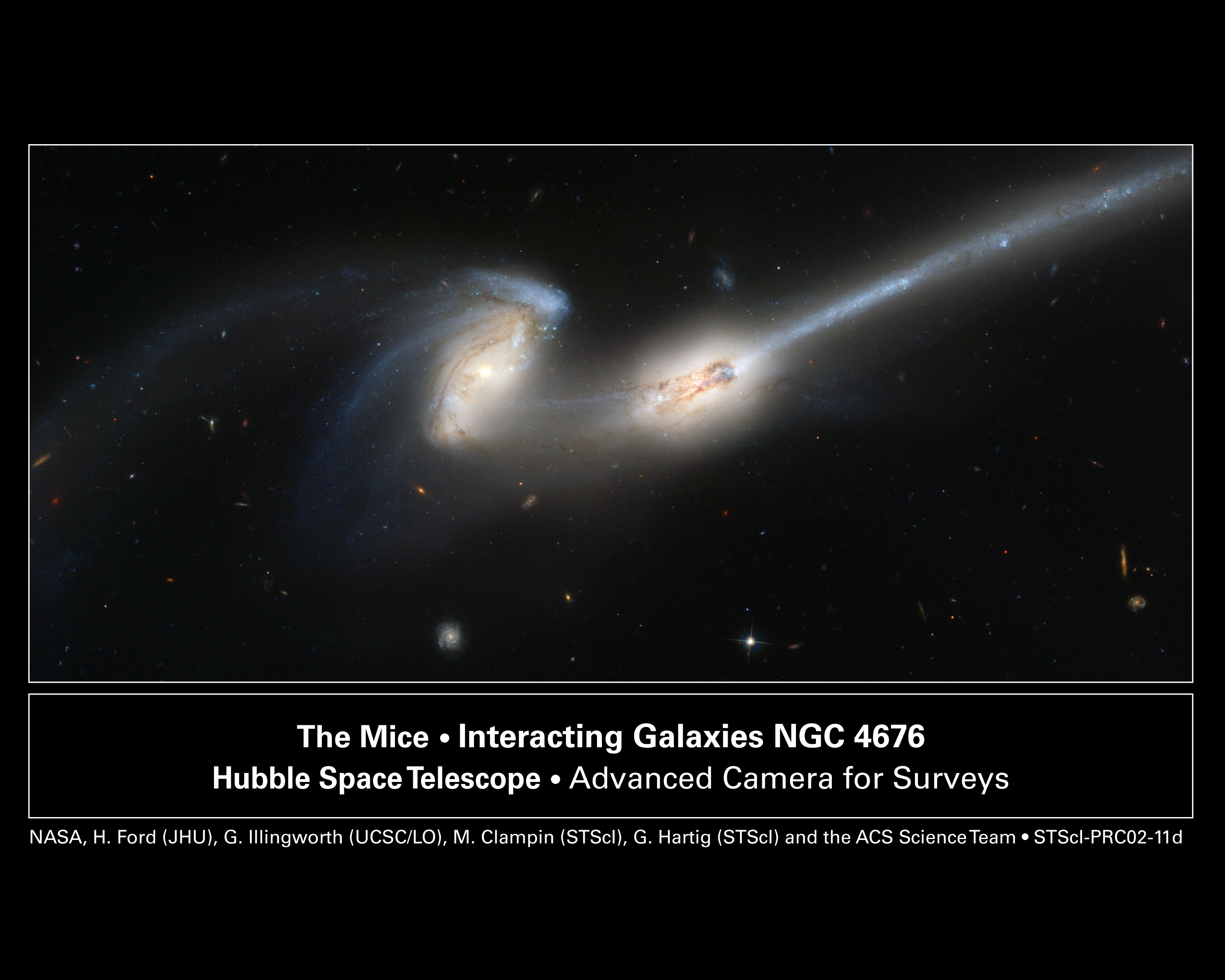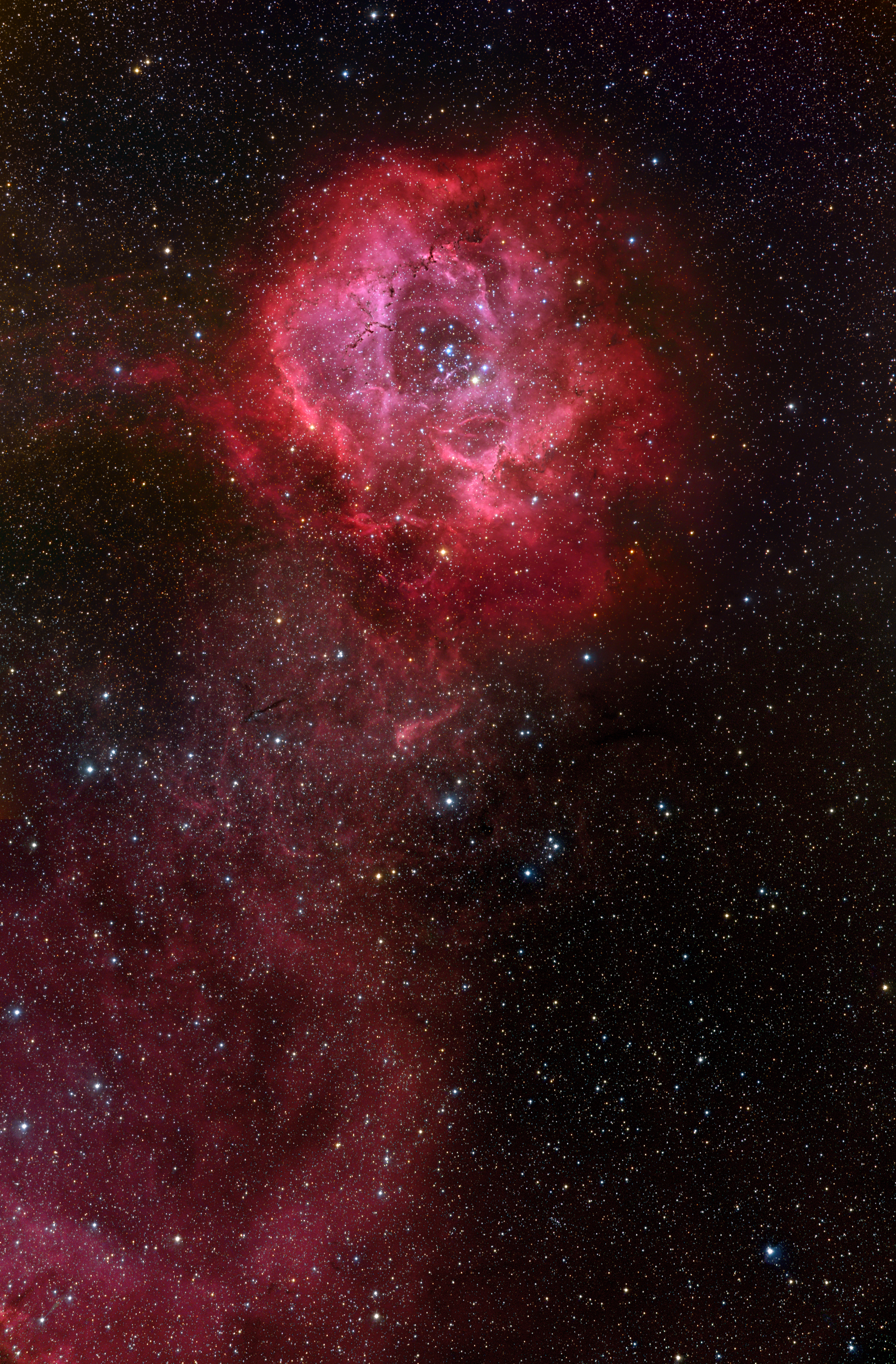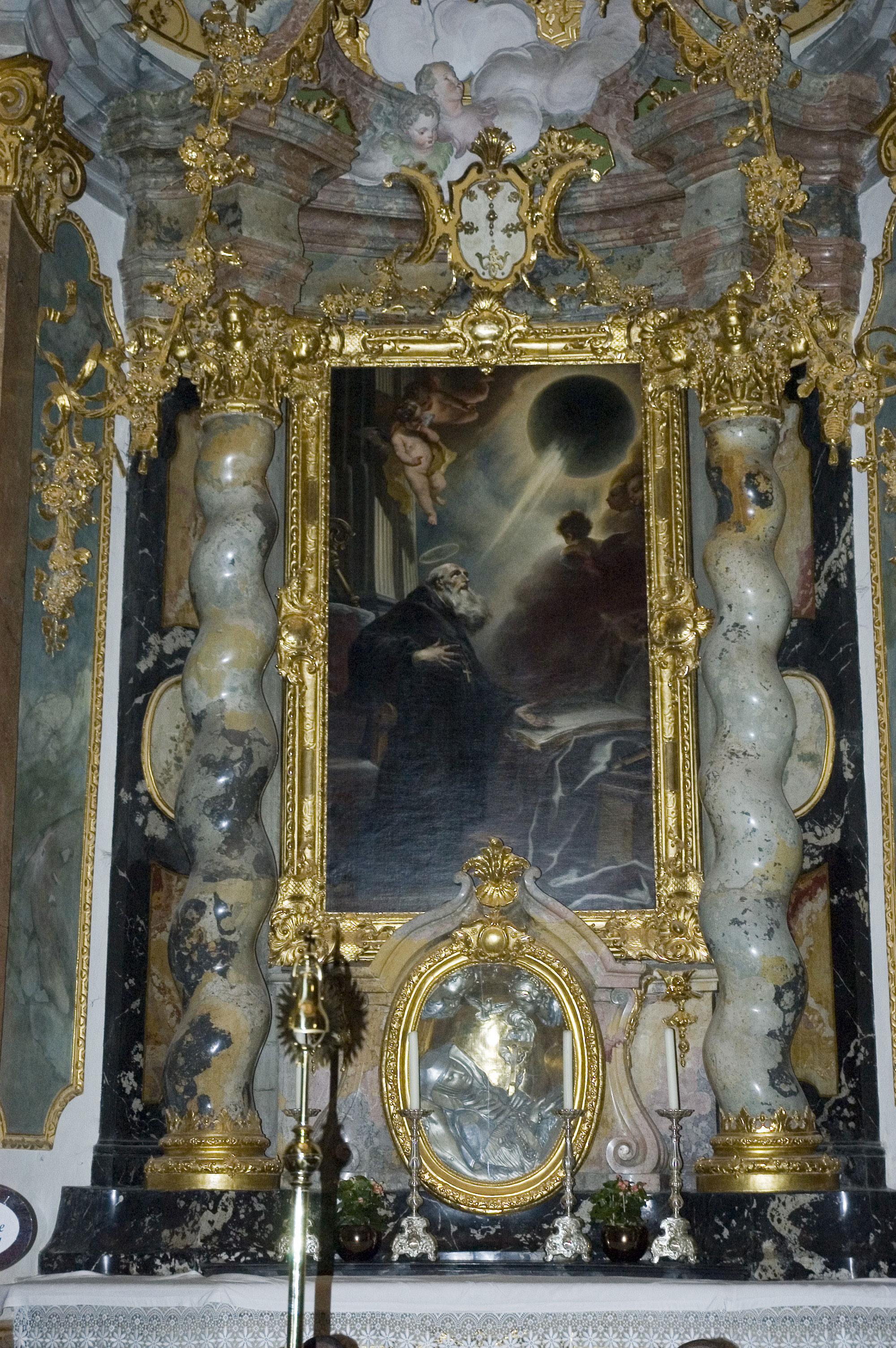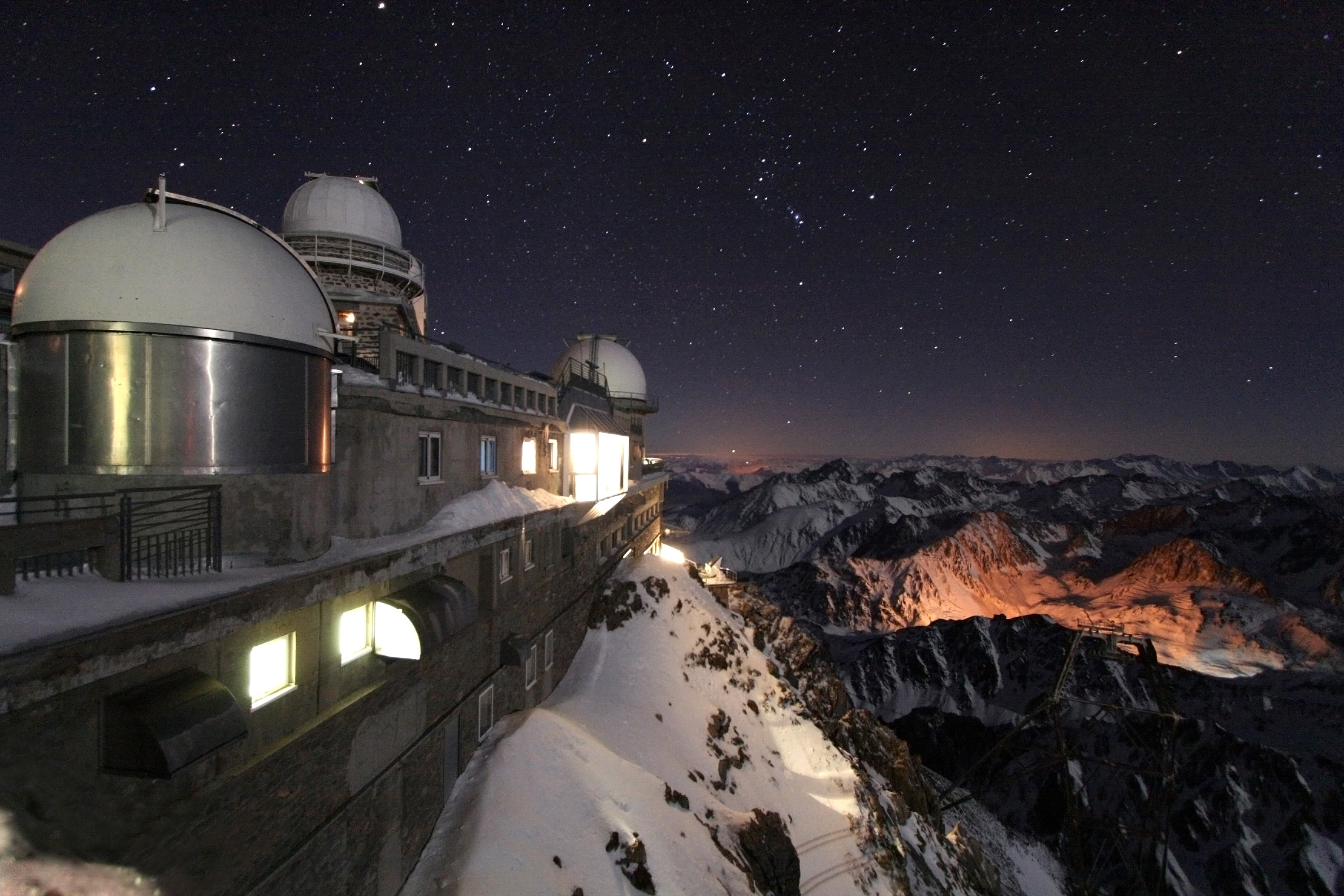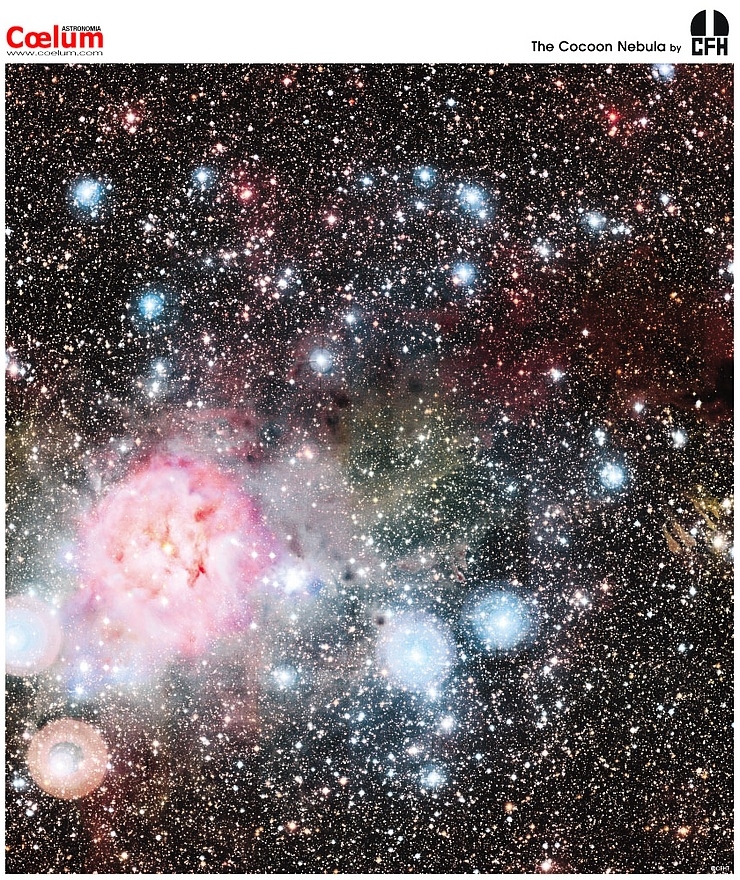
Friedrich Georg Wilhelm Struve was born on April 15, 1793 in Altona (which was then in Denmark). Napoleon’s army was looking for recruits, but Struve escaped in 1808 and began to attend University of Dorpat. His brother, Karl, was a professor of philology at the University. Friedrich Struve decided to study philology too and received his degree in 1810. Georg Friedrich Parrot, a physicist, greatly influenced Struve. Struve became interested in sciences, especially Astronomy. He began observing astronomical phenomena at the Dorpat Observatory in 1812. Struve was later appointed professor of mathematics and astronomy. Under Struve’s direction the observatory was internationally acclaimed. It was especially commended after 1824 when the observatory gained the Fraunhofer equatorial telescope. This telescope had a 9.6-inch achromatic objective lens; it was the biggest of its time. Struve mainly observed and studied binary stars. He published his discoveries in Catalogus novus in 1827, Mensurae micrometricae in 1837, and Positiones mediae in1852. His observations of double stars proved that Newton’s law of gravitation also applies outside the solar system. Czar Nicholas I put some land aside in 1830 in the Pulkovo Hills near St. Petersburg. The land would be the location for a new observatory. The observatory opened in 1839; the Czar appointed Struve as the director. The observatory’s telescope had a 15-inch objective lens. With this impressive telescope, the observatory had the best equipment in Europe. Because of failing health, Struve had to retire in 1861. Struve finally dies on November 23, 1864 in St. Petersburg. His son, Otto Wilhelm von Struve, was also an astronomer was the director of the Pulkovo Observatory from 1858 to1899.
Struve spent many of his observations looking at double stars. Most double stars are actually binary stars instead of optical doubles. Binary stars orbit around each other’s barycenter and change position over time. Struve made measurements of these tiny position changes. From 1824 to 1837, he measured over 2,714 double stars. He published his data in Stellarum duplicium et multiplicium mensurae micrometricae. Struve also measured aberration. Although Friedrich Bessel was the first to measure a star’s parallax, Struve was the first to measure Vega’s parallax.
Struve also completed geodetic surveying between 1816 and 1855. To try and find the exact size and shape of the Earth, he started the Struve Arc. It was a chain of survey triangulations from Hammerfest to the Black Sea. It covered over 2,820 km and went through 10 countries. Many scientists and monarchs had to work together to complete the surveying. “The original arc consisted of 258 main triangles with 265 main station points” (Smith).
Works Cited
"Friedrich Georg Wilhelm Struve." NNDB. 2008. Soylent Communications. 9 Jan.
2008 .
Gale, Thomson. "Friedrich Georg Wilhelm Von Struve." BookRags. 2006.
Encyclopedia of World Biography. 9 Jan. 2008 .
Ripley, George, and Charles A. Dana. "Encyclopedia of World Biography."
Google Book Search. 1883. 9 Jan. 2008 .
Smith, J R. "The Struve Geodetic Arc." Sept. 2005. International Institution for
History of Surveying & Measurement. 9 Jan. 2008 .

